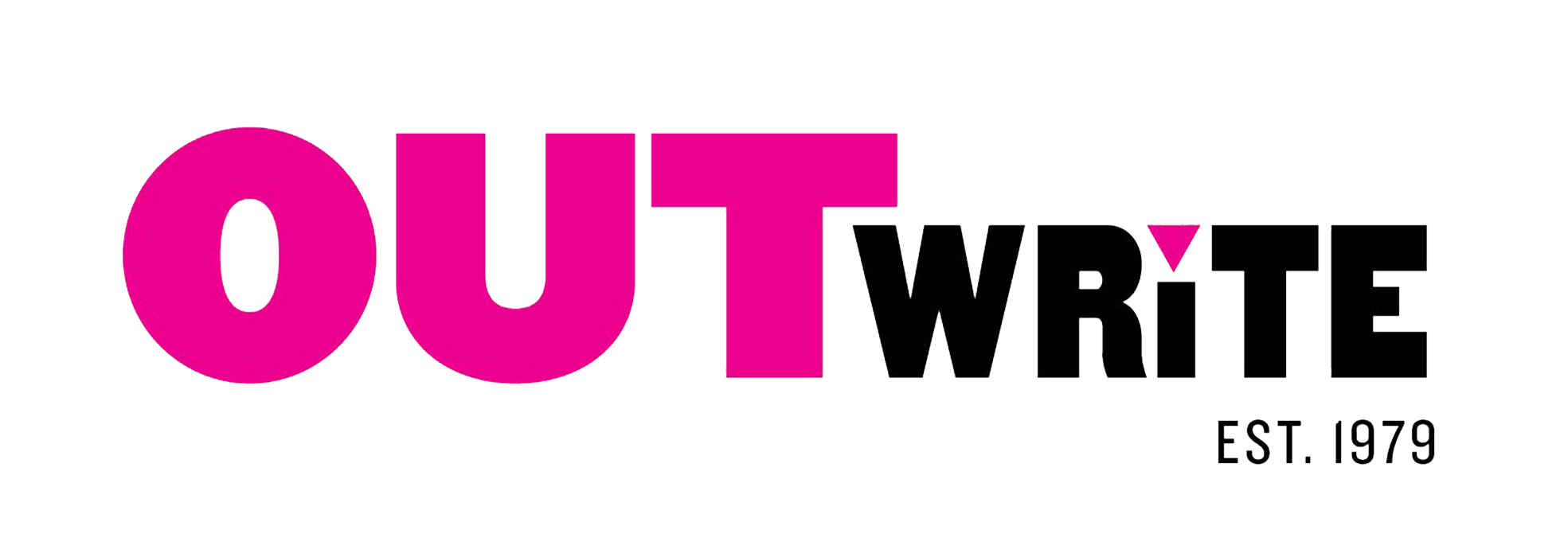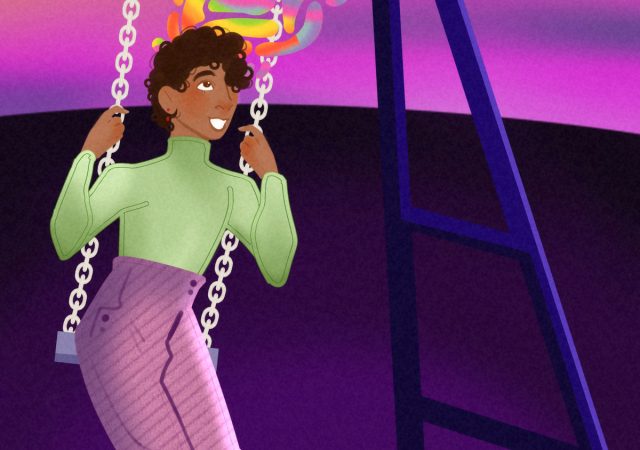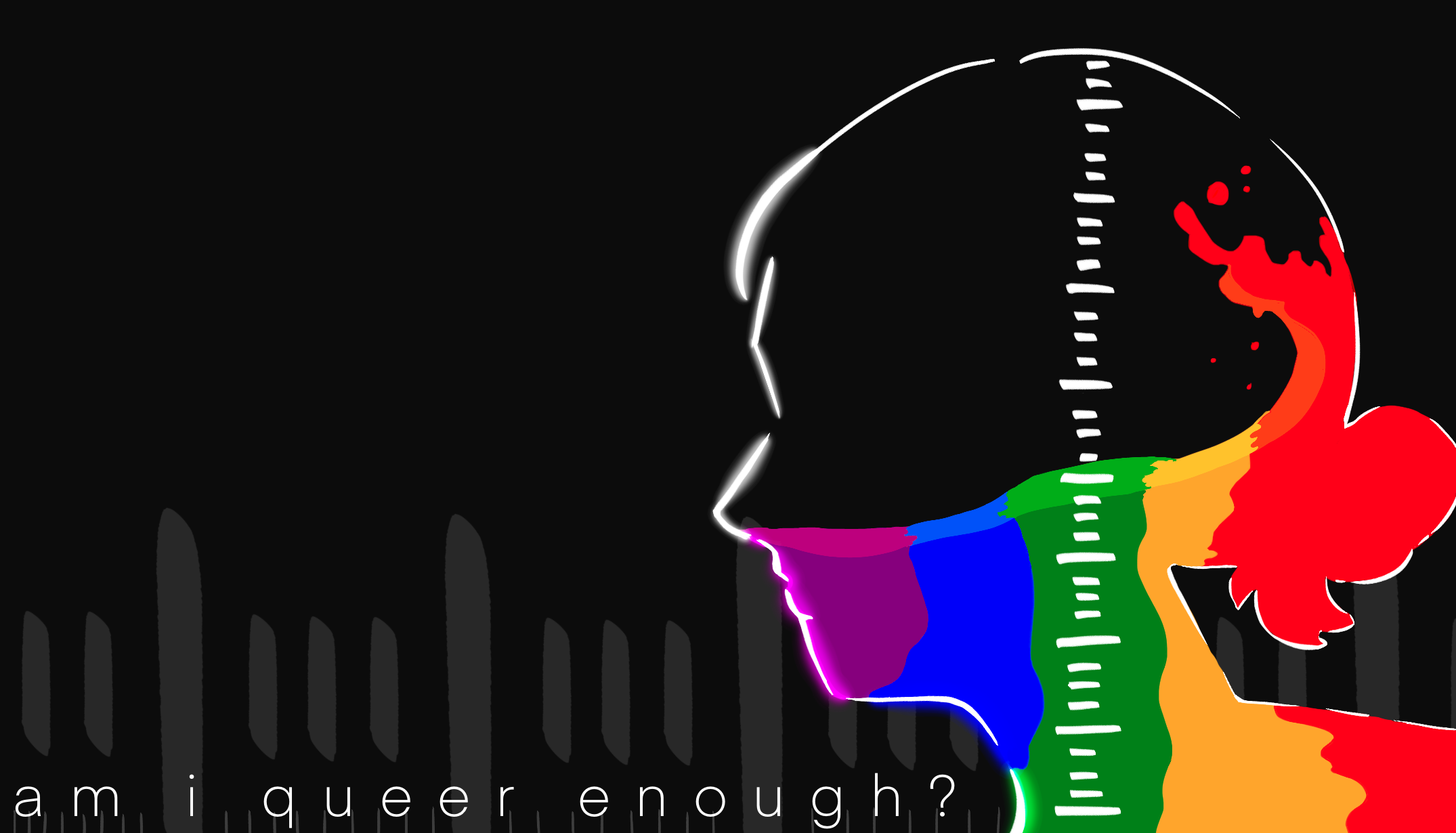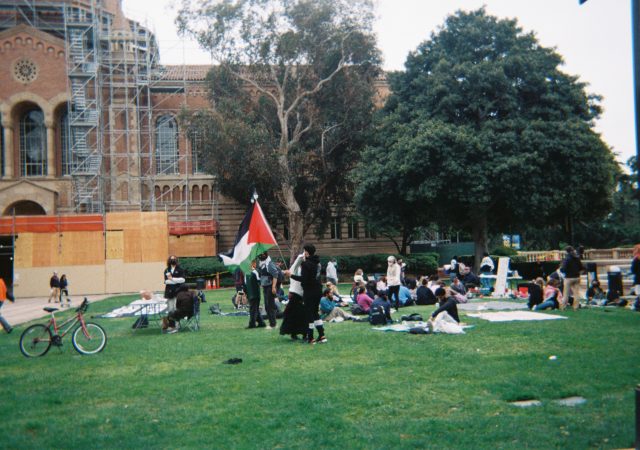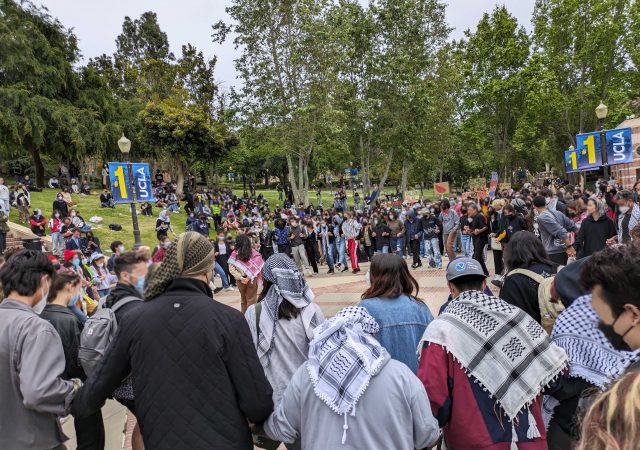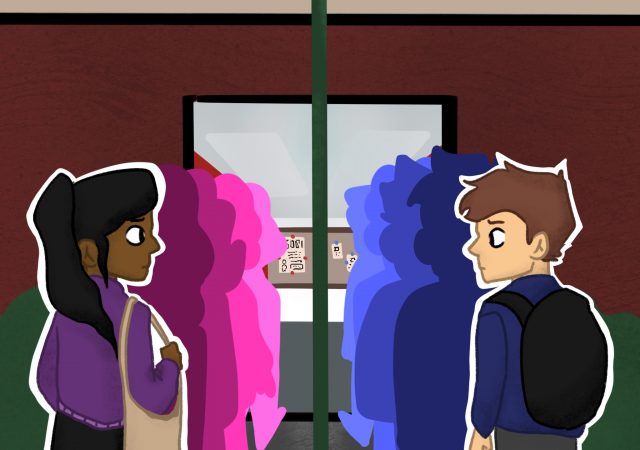In Fall 2022, guest lecturer, Kadji Amin (he/him) of Emory University, presented his article “Taxonomically Queer?: Sexology and New Queer, Trans, and Asexual Identities.” I was nervous entering a room packed with mostly graduate students and professors, but when Professor Amin walked on the stage, my nerves melted away. I was gripped by his every word. Not only was his lecture the best one I’ve heard so far, but he was the first Asian trans professor I’d ever seen. As an Asian trans man myself, it was life-changing to see someone like me dedicating his life to studying people like us.
Queer Labeling: Why It’s Important And Why It’s Not
How is the LGBTQ+ community defined? We are a collection of letters that correspond to labels that help us define who we are. I personally found that labeling was extremely helpful when defining my attraction to other people.
Bible by the Bedside
“If a man practices homosexuality, having sex with another man as with a woman, both men have committed a detestable act. They must both be put to death, for they are guilty of a capital offense.” Leviticus 20:13. Such a verse reverberates emphatically in my soul and has all throughout my life.
Hair: Chronicling My Journey to Queer Joy
The hardest part about being a Brown person who was socialized as a girl was enduring the constant jabs about my hair. I hit puberty at 9, which meant that there were years and years of constant insecurity about my hair. It was too much, too messy, and there was always hair in all the wrong places. The hair on my head was beautiful, thick, and long, but the hair on my body was ugly, thick, and wrong. As a Brown person, my facial and body hair were always under scrutiny, especially because my hair grew at faster rates (and was much thicker) than my other peers. I was tormented for my Frida Kahlo-like brows, for my arms that looked like a werewolf’s, for my body not being up to par with white, cishet beauty standards. One time, my aunt cruelly joked that she was going to gift me money for laser hair removal because the hair on my arms was too much for her.
A Revisit
In July 2021, I decided to revisit my childhood school, Eisenhower Elementary. I decided to go because I had felt so many emotions from the culmination of so many situations, relationships, experiences, and lessons, and I was left with this feeling like I was losing myself. I had recently discovered I was attending UCLA, and much of what was tying me back to the Bay Area was slowly dissipating. The days felt like a blur, like reading the pages in a book and realizing you’ve made it to the end of a chapter and you remember nothing. The sense of liminality and being in a transition plagued me. I was looking for definition from the abstract, something concrete from the abyss.
Growing Together
My dad was, at best, very uncomfortable with queerness before I came out to him. For him, this discomfort stemmed from two prominent aspects of Latino culture: Christianity and machismo. Today, 77% of Latinos in the United States identify as Christian, and traditionally, Christianity has rejected queer people (with some exceptions of more progressive Christian denominations; however, these branches are not predominant in Latino culture).
Coming Out is a Choice
Graphic by Ria Kotak “Coming out” is one of the most commonly recognized aspects of the queer experience. It’s a moment that’s defined by the reactions we get (whether or not our family and friends accept us, what happens…
Am I Queer Enough?
Graphic by Jade Lee. “Oh, you’ve never been to a GSA meeting?” my friend said to me as we sat in the hallway eating lunch. “That’s…interesting.” I laughed at the judgment dripping from her tone. It was a typical kind…
